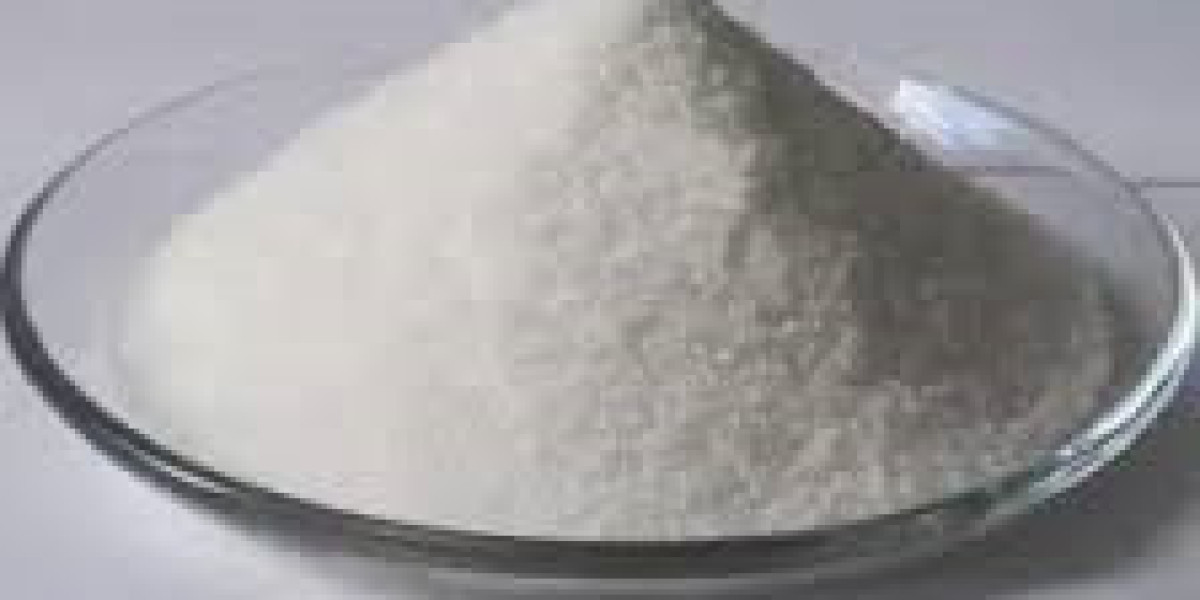Separation Of Solid And Liquid is a cornerstone of environmental management, where the goal is not only to purify water but also to protect ecosystems and conserve natural resources. Hengfeng provides eco-conscious solutions that allow industries and municipal facilities to treat wastewater responsibly, maintaining ecological balance while achieving high operational efficiency.
The process of separating solids from liquids is crucial for reducing pollutants, minimizing sludge volume, and preventing contamination. By employing chemical agents and mechanical filtration systems in harmony, operations can achieve cleaner water discharge and safer byproducts. This is particularly important in sectors that produce effluents with high levels of suspended particles or industrial residues.
Sustainability is achieved not only through effective separation but also by optimizing energy usage and reducing chemical waste. Advanced polymer-based flocculants and coagulants enhance sedimentation, allowing solids to settle more efficiently and reducing the environmental footprint of treatment facilities. The careful selection of materials ensures that operations are both safe and environmentally responsible.
Communities and industries alike benefit from such eco-friendly technologies. By implementing reliable separation techniques, water systems support public health, biodiversity, and regulatory compliance. The role of Hengfeng in providing high-quality separation solutions ensures that operators can maintain consistent performance while prioritizing ecological outcomes.
Operational reliability is another critical factor. Systems designed to handle varying flow rates, particle sizes, and chemical compositions prevent disruptions and maintain steady outputs. Continuous monitoring and adjustment capabilities help achieve optimal performance, reducing operational risks and supporting long-term sustainability goals.
The integration of scientific research and practical application is essential. Engineers, environmental specialists, and operational managers work together to create solutions that not only meet performance requirements but also minimize environmental impact. Every stage of the process, from initial testing to full-scale implementation, reflects a commitment to responsible water management.
For companies and municipalities that seek efficient, sustainable, and reliable separation technologies, visit https://www.polyacrylamidefactory.com/product/ and discover solutions designed for modern environmental stewardship, combining precision, reliability, and ecological responsibility.














